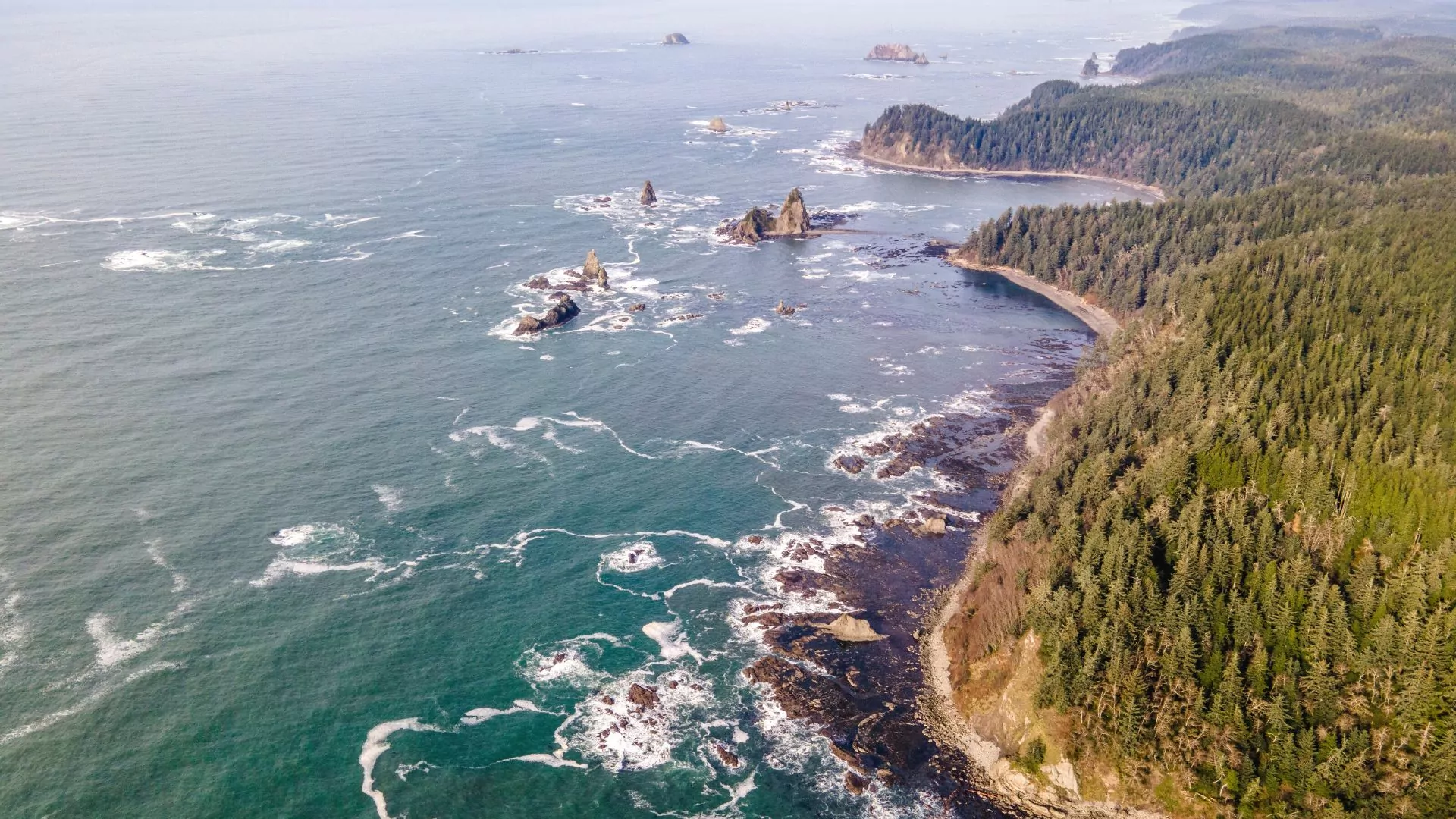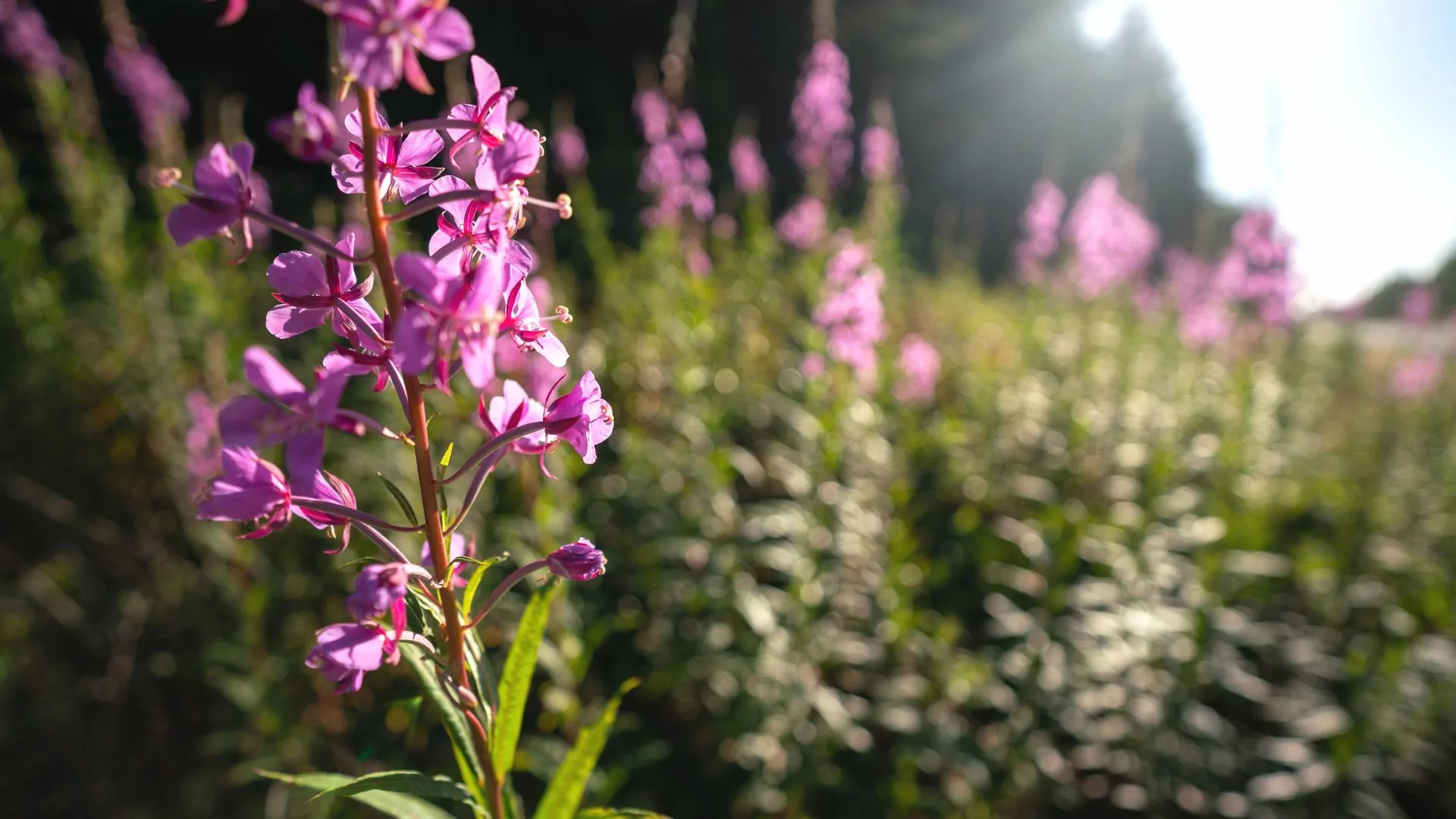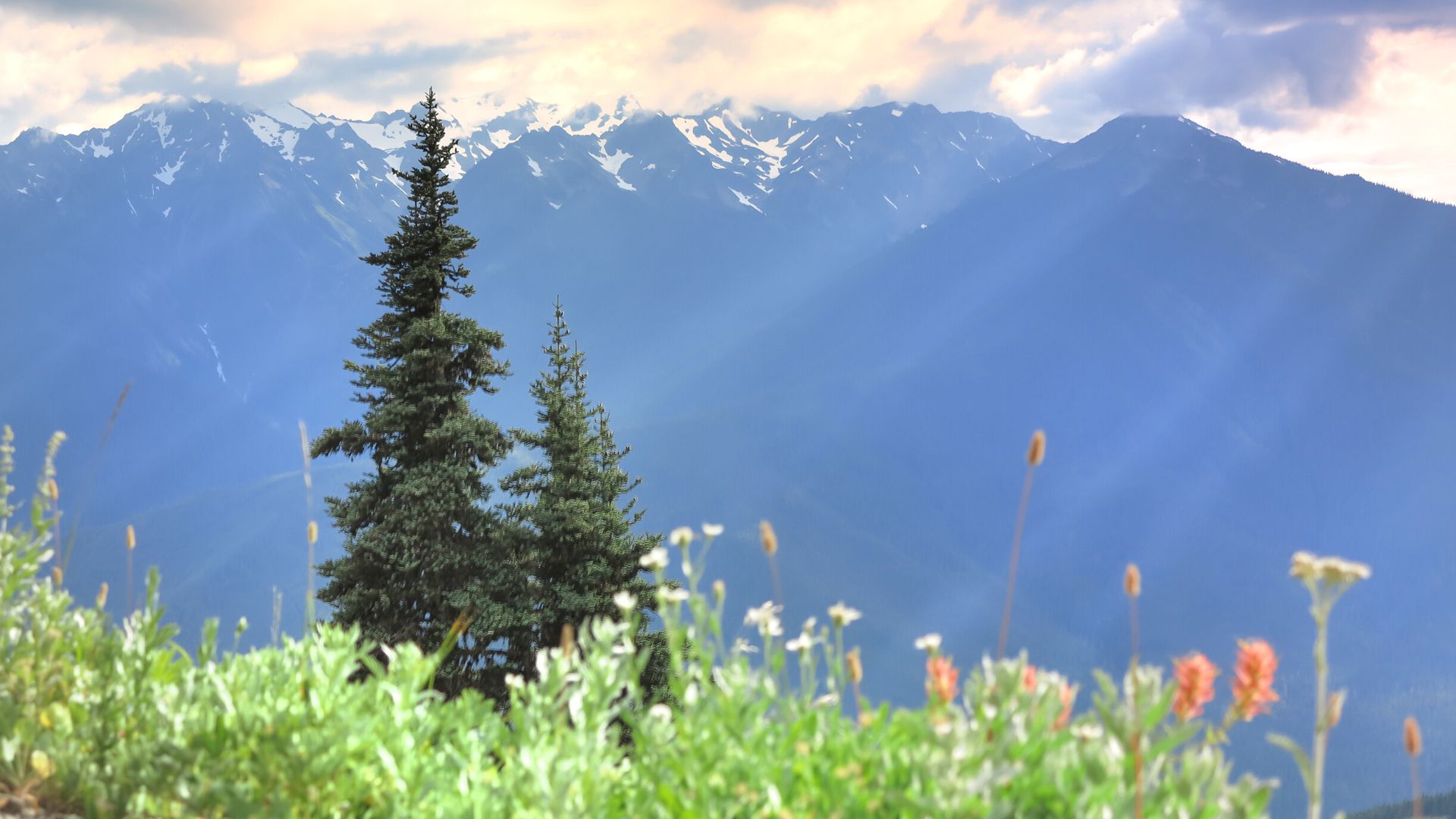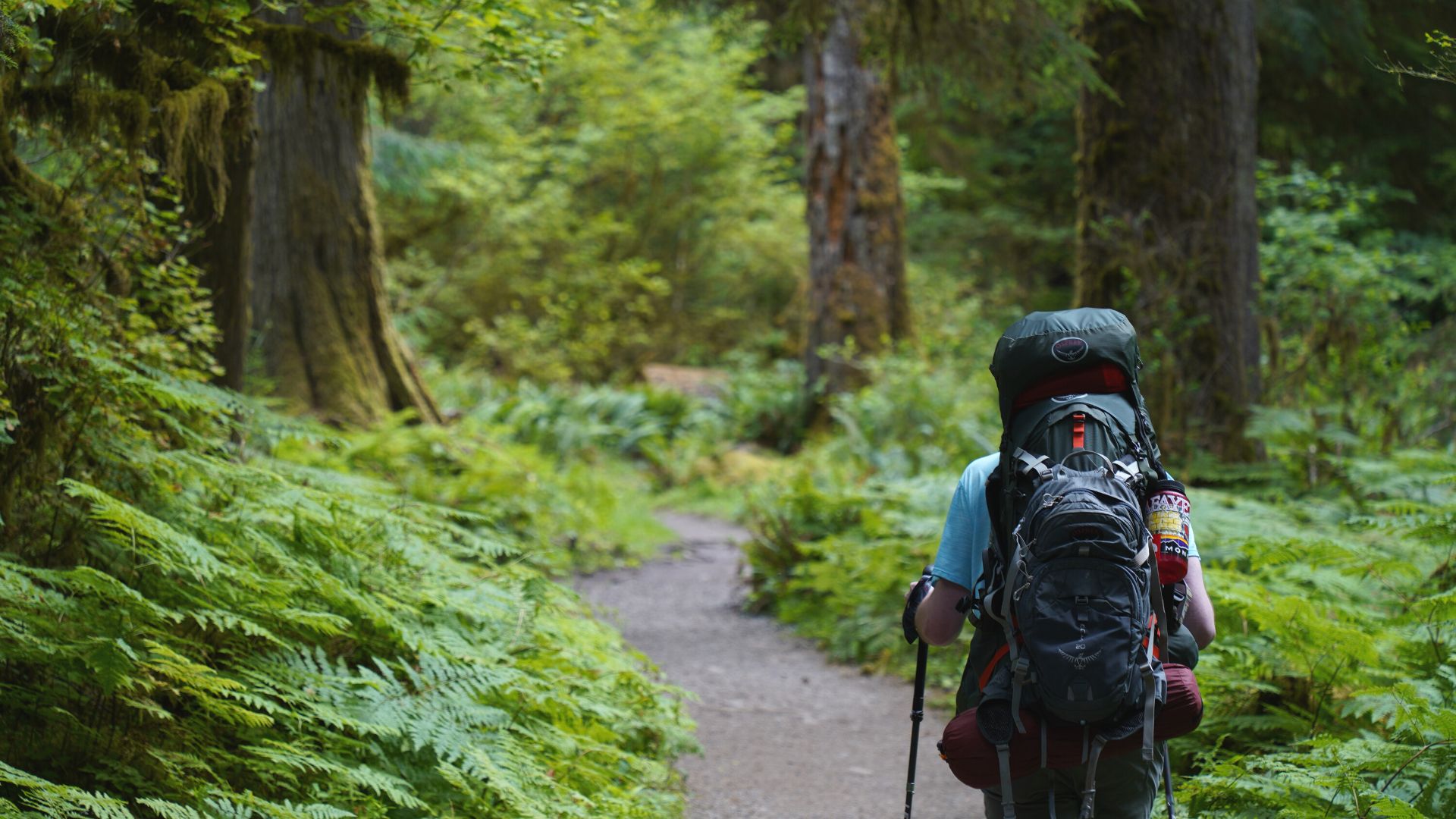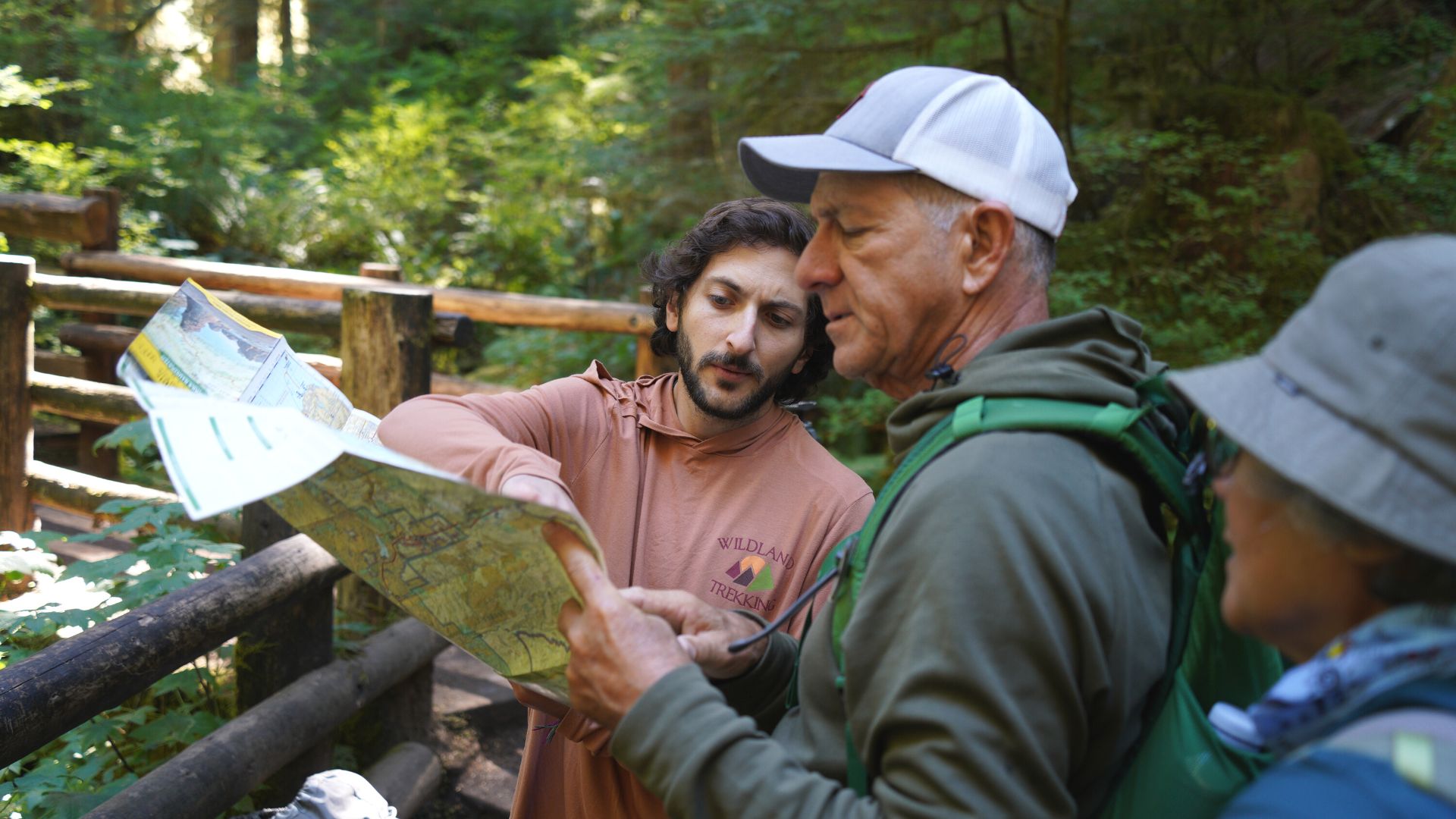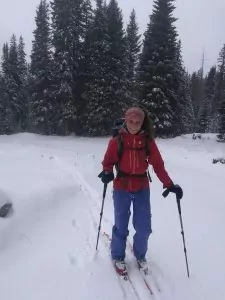The Ultimate Guide to Olympic National Park
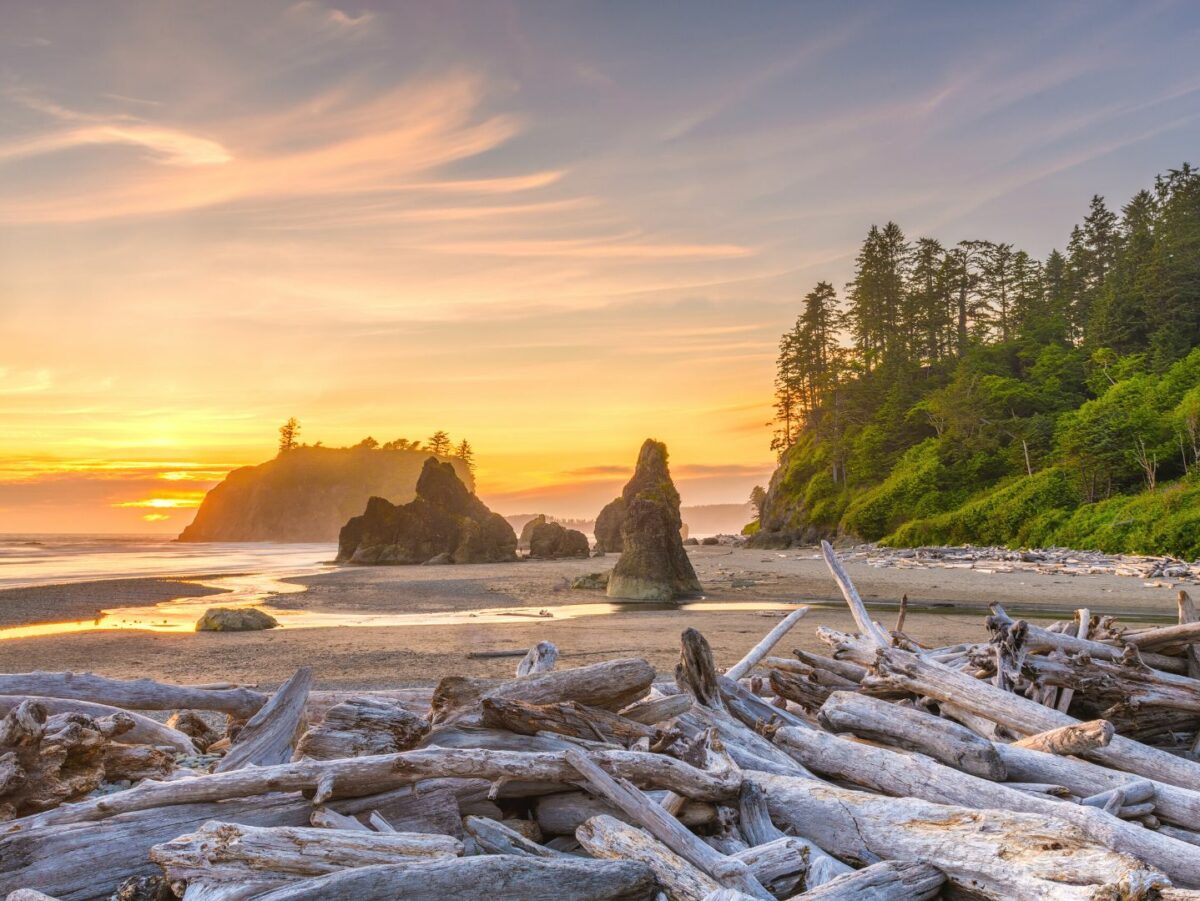
Rocky beaches overlooking the Pacific Ocean. Lush green rainforests with ferns the size of a human. Mountains covered in glaciers reaching nearly 8,000 feet. Cute towns nestled into the landscape. Olympic National Park and the surrounding area have all of this and more.
Located on the Olympic Peninsula on the far western end of Washington state, Olympic National Park is a unique gem of a National Park, known for its diverse ecosystems. From the beautiful coastline to high ridges and peaks and the mossy wet Hoh rainforest, you could spend a lifetime exploring this park and the surrounding area and still have more to see. The park is home to over 70 miles of pristine coastline, ancient forests, and the Olympic Mountains, which rise to an elevation of 7,980 feet at the summit of Mount Olympus.
Established in 1938, Olympic National Park covers an area of one million acres making it one of the largest national parks in the United States (although Alaska’s Wrangell St. Elias National Park wins the top prize at 13.2 million acres!). If you’re planning a trip to Olympic National Park, we’ve compiled everything you need to know about where to stay, what to do, and how to make the most of your time.
Learn Olympic National Park facts and the best ways to experience this incredible landscape.
Olympic National Park Location
Olympic National Park is located in the northwest corner of Washington State. The park is approximately 100 miles west of Seattle and can be accessed via Highway 101 or by taking the ferry from Seattle (two ferries are needed to get to Port Angeles from Seattle).
The layout of Olympic National Park is different from other national parks. The main section of the park lies between the towns of Port Angeles, Forks, and Lake Quinault in the south. The other section of the park lies along the coast, slightly separated from the rest of the park. This stretch of untouched coastline is incredible to explore for any water lover.
There is a visitor’s center located in Port Angeles as well as several other visitor and information centers around the park including Hurricane Ridge, Hoh Rainforest, and several other locations.
How to Get to Olympic National Park
Seattle is the closest major city to Olympic National Park and many visitors begin there if flying in from elsewhere or visiting other locations around the area. From Seattle, you can drive to Olympic National Park in approximately 2.5 hours by taking Highway 101 or take a combination of ferries.
The most common ferry route to Olympic National Park from Seattle includes one leg from the city to Bainbridge Island, and then a second from Bainbridge Island to Port Angeles. There are also several other ferry options depending on where you are in the Seattle area, but all require a transfer along the way.
There are also several airports in the area, including Seattle-Tacoma International Airport and the smaller William R. Fairchild International Airport in Port Angeles
When to visit Olympic National Park
Olympic National Park is open year-round, so there are plenty of opportunities to explore this beautiful and diverse park. Here are some things to consider about each season in Olympic National Park.
Spring
Spring can be a beautiful time in Olympic National Park, but if you know anything about the PNW you probably know it can be very rainy during most of the year. Spring is one of the rainier times of the year, so expect rain and clouds if you are visiting during this time.
However, spring is also incredibly beautiful. The rainforests are full of lush green moss, giant ferns, and green canopies. Waterfalls are flowing at full capacity, and wildflowers are starting to bloom around the area. There is lots to explore this time of year, just make sure to bring a raincoat!
Summer
If you prefer dry weather and want to get out and explore the more mountainous regions of Olympic National Park, summer is the best time to visit. Snow has finally melted up high, so the peaks and trails should be clear. This also means that all of the roads in the park are likely open, including Hurricane Ridge Road, which provides the most easy access to the park’s more mountainous areas.
Wildflowers can be found in the alpine areas and at lower elevations in the summer including fireweed, lilies, paintbrush, rhododendron, foxglove, and more. You can also sometimes spot wildlife like marmots, deer, and elk in the mountains, and sea mammals such as otters, seals, and sea lions on the coast during the summer.
Fall
The leaves start to turn color, and the rain begins to return once autumn comes around in Olympic National Park. But it can still be a spectacular time to visit the area. There are fewer visitors during the colder, wetter months compared to the summer, and watching ferns and leaves turn red and gold can be worth braving the weather for.
Some unique attributes of fall in the Olympics are also mushrooms and salmon spotting. Salmon spawn in the rivers of Olympic National Park in September and October, and witnessing these traveling fish returning to the place of their birth to lay eggs and die, completing their life cycle, is an awe-inspiring experience. Plentiful mushrooms also grow from moss and dead trees, making life out of the decomposed.
Winter
Visiting Olympic National Park in the winter is a unique experience. The park receives snowfall from December to March, and the subalpine and alpine zones become a winter wonderland. Depending on what part of the park you are visiting, expect snow or rain.
Winter in Olympic National Park is less busy than at other times of the year, and there are sections of the park that are closed. But if you’re looking for a winter getaway, visiting the Olympic National Park coastline in the winter can be an incredible and usually snow-free experience. Or, visit some of the snowier areas to cross-country ski or snowshoe.
Where to Stay at Olympic National Park
Olympic National Park offers a variety of accommodation options to suit every traveler’s needs and budget. From cozy cabins to luxurious lodges, there is something for everyone in Olympic National Park and the surrounding area.
Olympic National Park Hotels
If you prefer to stay in a hotel, there are several options within and near Olympic National Park. The Lake Quinault Lodge, located in the southwest corner of the park, is a historic lodge that offers comfortable accommodations with views of Lake Quinault. The lodge features a restaurant, a gift shop, and a variety of outdoor activities, including hiking, kayaking, and fishing.
Another great option is the Kalaloch Lodge, located on the park’s rugged coastline. The lodge offers stunning ocean views and a variety of accommodations, including cabins and rooms in the main lodge. The lodge features a restaurant, gift shop, and a variety of outdoor activities, including hiking and beachcombing.
Olympic National Park Cabins
If you’re looking for a more rustic experience, there are several cabins available for rent within Olympic National Park. The Sol Duc Hot Springs Resort offers several cabins, including some with hot tubs, and is a great place to relax after a long day of hiking. The resort also features hot spring-fed pools, a restaurant, and a gift shop.
Another great option for Olympic National Park forest cabin rentals is the Lake Crescent Lodge. The historic lodge, owned by the Park Service and operated by Aramark, offers several cabins, including some with lake views, and is located west of Port Angeles on the shores of Lake Crescent. The lodge features a restaurant, a gift shop, and a variety of outdoor activities, including hiking and kayaking.
Olympic National Park Camping
For those looking for a more budget-friendly option or who enjoy sleeping in the great outdoors, there are several campgrounds located within Olympic National Park. The park features 16 campgrounds, including primitive and RV camping options. The campgrounds are open seasonally, and reservations are recommended during the peak season.
The Hoh Campground, located in the heart of the Hoh Rainforest, is a popular option for campers. The campground features 88 sites, including several walk-in sites, and is surrounded by old-growth trees and the Hoh River.
What to do in Olympic National Park
Olympic National Park is a vast and diverse wilderness, offering visitors a wide range of activities to enjoy. From scenic drives to challenging hikes, there are no shortage of things to do. Hike in a rainforest, up to glaciers, or to the top of mountains. Or spend time by the water, swimming, paddle boarding, and relaxing.
Below we share some of our favorite things to do in Olympic National Park, but depending on your interests, there are many other options available. If you’re looking to take the pressure off of planning your own trip to the park, Wildland Trekking offers many guided trips in the area for all levels of adventure.
Olympic National Park Hiking Trails
Olympic National Park is home to some of the most stunning hiking trails in the country. There are over 600 miles of trails in the park, ranging from easy strolls to challenging multi-day backpacking trips. Hikers can explore the park’s diverse ecosystems, including the coastal strip, temperate rainforest, and alpine zones. Some of the most popular hiking trails in the park include:
Hoh River Trail – This 17.3-mile trail takes hikers through the Hoh Rainforest, one of the wettest places in the United States. The trail features old-growth trees, waterfalls, and stunning views of Mount Olympus. Hike this trail out-and-back far as you like to enjoy this beautiful forest unlike any other.
Hurricane Ridge – This 3.2-mile trail is located in the heart of Olympic National Park and offers panoramic views of the surrounding mountains and valleys. The trail is accessible year-round and is a popular spot for skiing and snowshoeing during the winter months.
Sol Duc Falls – This 1.6-mile trail takes hikers to one of the park’s most stunning waterfalls. The trail is relatively easy and is a great option for families with children.
Mount Ellinor – For those looking for a challenging and beautiful hike, this is a great option. This trail is a 6.2-mile out-and-back trail that takes hikers to the summit of Mount Ellinor, offering stunning views of the Olympic Mountains and Puget Sound.
Backpacking
Olympic National Park has its fair share of beautiful views, but many of those are not accessible by day hiking (unless you’re fast!). So if you want to experience the beauty of the park, without the crowds, heading into the backcountry is one of the best ways to do it.
Hoh River to Blue Glacier – One of the coolest parts about Olympic National Park is the diversity of landscapes that you can explore. This backpacking trip showcases several. Start in the beautiful lush Hoh Rainforest along the Hoh river and climb up to the gorgeous alpine meadows beneath the Blue Glacier and the tallest mountain in the Olympics, Mount Olympus. This 37-mile round-trip hike has nearly 4000 feet of elevation gain, so it’s not necessarily for the beginner backpacker.
Enchanted Valley – Known as the “valley of 10,000 waterfalls,” the Enchanted Valley is a magical place to hike to in Olympic National Park. Follow the Quinault River 13 miles upstream to the historic Enchanted Valley Chalet, a lodge built in the 1930s to provide lodging to hikers, that now merely acts as a landmark. This hike is a great option if you’re looking for a backpacking trip with little elevation gain, as it mostly follows the river.
Point of Arches – There are very few places in the United States where you can spend multiple days hiking on the coast, without seeing pretty much any human activity (other than other backpackers). This hike can also be done as a day hike, but there’s something special about catching sunset and sunrise over the Pacific Ocean. It’s a paradise for photographers and ocean lovers alike. Also, because you’re hiking on the beach, there is very little elevation gain over the course of this 8-mile hike.
Seven Lakes Basin – If you’re looking for a loop trail with beautiful alpine views to do over a few days, Seven Lakes Basin is a perfect option. This 19 mile loop trail climbs from rainforest to over 5000 feet above sea level to see beautiful alpine lakes surrounded by meadows and peaks. This is a great place to find wildflowers in the summer and see wildlife like marmots and mountain goats.
Scenic Drives
If hiking isn’t your thing, Olympic National Park also offers several scenic drives that are worth checking out. Some of the most popular scenic drives in the park include:
Hurricane Ridge Road – This 17-mile road takes visitors to the heart of Olympic National Park and offers stunning views of the surrounding mountains and valleys. The road is open year-round (although it is not open every day during the winter so check conditions before you go) and is a popular spot for skiing and snowshoeing during the winter months.
Lake Crescent Drive – This 20-mile road takes visitors around Lake Crescent, one of the park’s most popular destinations. The road offers stunning views of the lake and surrounding mountains.
Hoh Rainforest Drive – This 18-mile road takes visitors through the Hoh Rainforest and offers stunning views of old-growth trees, waterfalls, and the Hoh River.
Wildlife Watching
Olympic National Park is home to a diverse range of wildlife, including black bears, mountain goats, elk, and bald eagles. Some of the best places to spot wildlife in the park include:
Hurricane Ridge – Visitors to Hurricane Ridge often spot mountain goats and deer grazing in the meadows. You can also sometimes spot marmots and pikas in the alpine areas around Hurricane Ridge and the Olympics.
Hoh Rainforest – The Hoh Rainforest is home to a variety of bird species, including the Northern Spotted Owl. Keep your eyes peeled for Pacific Tree Frogs while hiking in the rainforest. The Hoh Rainforest is also home to bobcats, cougars, black bears, and Roosevelt elk.
Lake Quinault – Lake Quinault is a great spot for birdwatching, with several species of waterfowl and songbirds calling the lake home. Look out for bald eagles, golden eagles, blue herons, and ospreys while spending time on or near the lake.
Water Sports
From sea kayaking to paddleboarding on Lake Crescent to rafting down the many rivers that fill the park, there are lots of ways to explore the waterways of Olympic National Park. Take a guided boat tour, join a rafting trip, or even try surfing (yes, it’s cold) in La Push a short distance up the coast outside of the park.
Visit Olympic National Park
Olympic National Park offers a vast variety of views and experiences, from the rocky beaches to the glaciers and alpine lakes of the mountains. And of course, you can’t forget the only rainforest in the lower 48: the Hoh rainforest. Spend your time hiking, beachcombing, kayaking, paddle boarding, and sightseeing in one of the most spectacular National Parks in the Pacific Northwest. Just don’t forget a raincoat!




